American Indian Portraits at the National Portrait Gallery

An American artist living during the Anglo-American expansion into the Far West, Catlin passionately despised the removal of Native Americans from their homelands and aimed to help them in their plight by preserving the memory of their tribes and cultures, which were soon to be destroyed and otherwise forgotten. The artist travelled the U.S. between 1832 and 1839 documenting as many American Indian customs as possible.
The most effective and immediate way he captured the essence of these cultures was by depicting his subjects in paintings. Catlin painted portraits, landscapes and genre pictures in an attempt to show how the Native Americans lived. He based his work on experiences shared with the tribes which enabled him to provide authentic and accurate descriptions covering all aspects of their lives, from the jovial (as in The Ball-play) to the frightening (as in the painting depicting the O-kee-pa ceremony) – all with the same impartiality. What is remarkable about these paintings is that they are very specific and detailed: every Indian portrayed has peculiar features that avoid idealization.
Catlin opened the Indian Gallery in London in 1840, sparking the curiosity of the public and raising awareness of the hardships of the Native Americans. He toured with British actors impersonating Indians before hiring Native Americans who were willing to showcase themselves. His work, much of which has unfortunately been lost, was invaluable material for new generations keen to understand how the Native Americans lived. Baudelaire praised Catlin’s at the Paris Salon in 1846 for the way in which the painting brought Buffalo Bull to life.
The pieces at the National Portrait Gallery are definitely worth visiting, and not just because admission is free.
Rita Vicinanza
George Catlin: American Indian Portraits is at the National Portrait Gallery until 23rd June 2013. For further information visit the gallery’s website here.

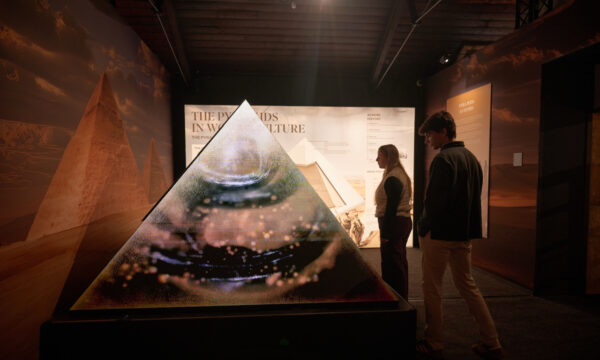
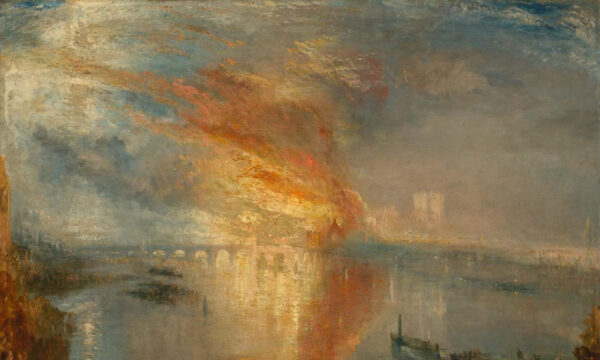
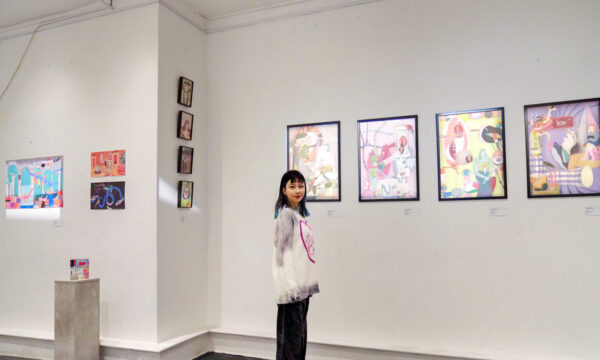
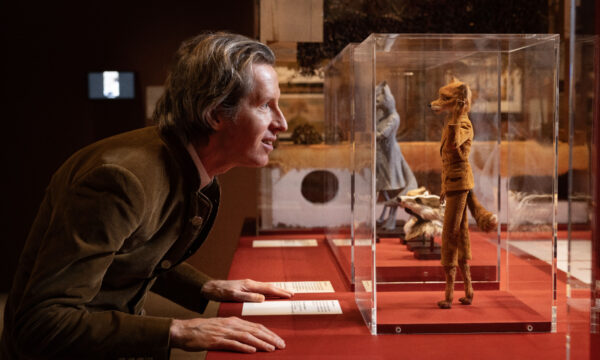
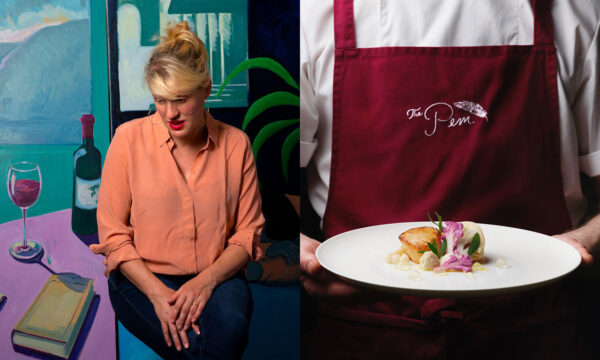
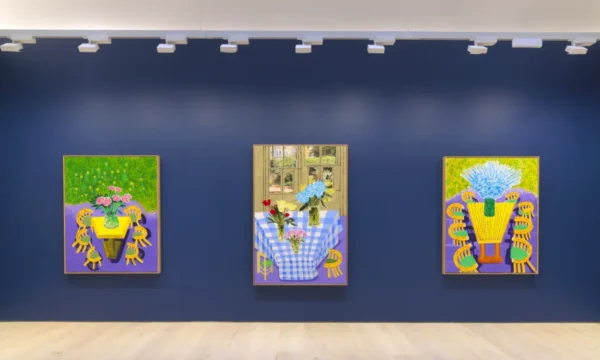
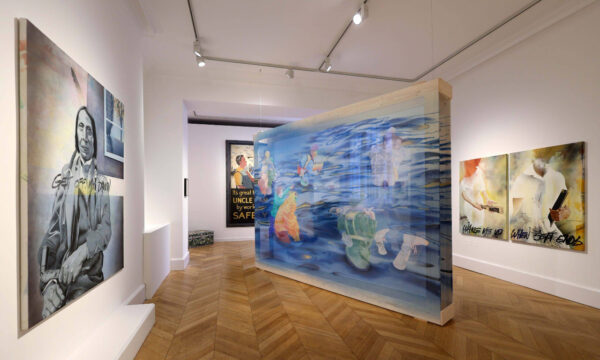
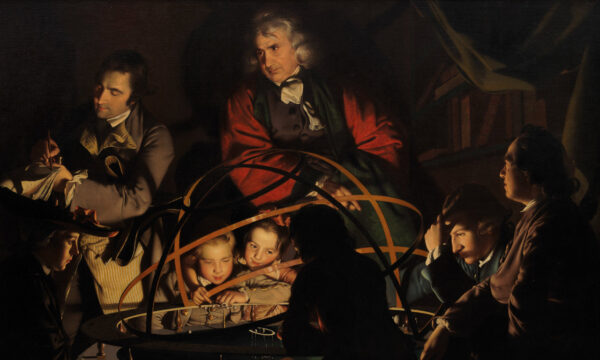
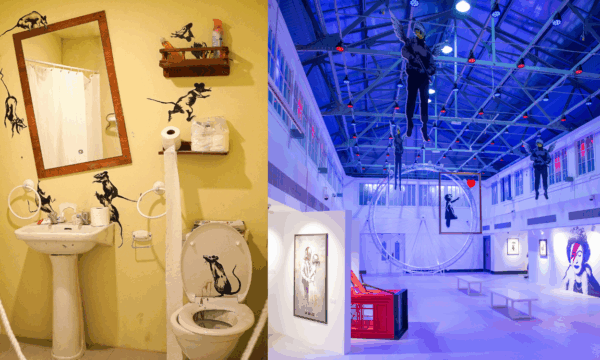
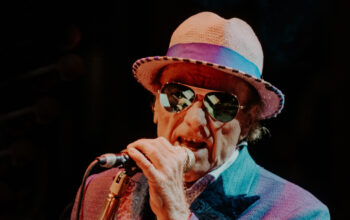
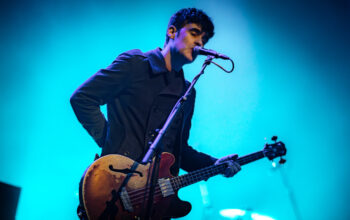
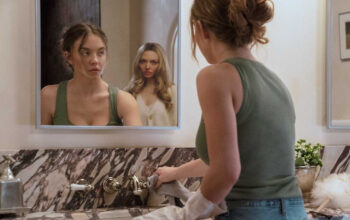


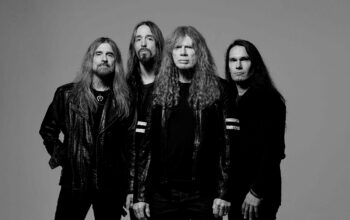
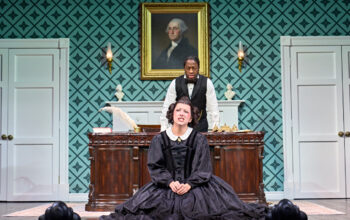
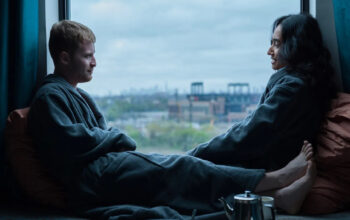





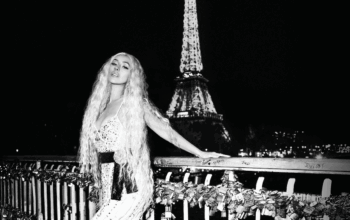
Facebook
Twitter
Instagram
YouTube
RSS